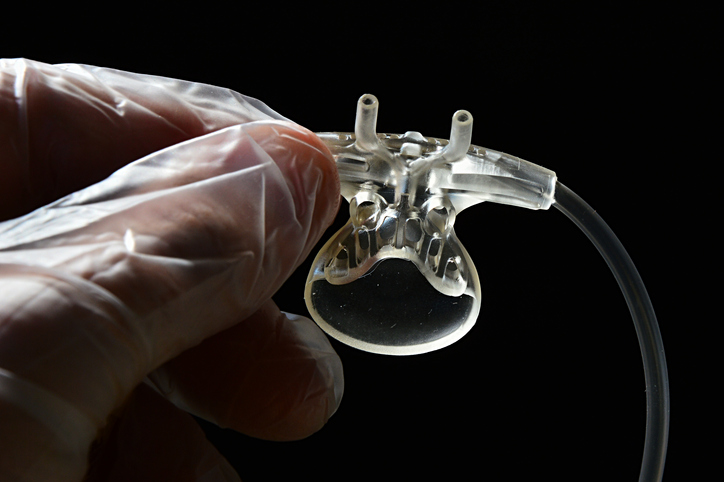
AI may improve workflow in nasoalveolar molding device planning

Artificial intelligence models could assist with the planning and design of nasoalveolar molding.
In a systematic review published in The Journal of Prosthetic Dentistry, investigators conducted a comprehensive literature search up to April 2024 and identified six studies examining the efficacy of AI algorithms in automating anatomic landmark detection and the design of nasoalveolar molding appliances.
The investigators found that the AI algorithms were highly accurate when detecting anatomic landmarks and designing appliances, allowing for both fully and semiautomated workflows. Further, compared with standard manual approaches, the automation of nasoalveolar molding planning and design saved clinicians and patients a significant amount of time during appointments.
Despite the positive findings, the investigators concluded that further studies may be needed to identify strategies to incorporate AI into nasoalveolar molding planning and design and to foster greater collaboration between clinicians and AI experts.
Read more: The Journal of Prosthetic Dentistry
The article presented here is intended to inform you about the broader media perspective on dentistry, regardless of its alignment with the ADA's stance. It is important to note that publication of an article does not imply the ADA's endorsement, agreement, or promotion of its content.